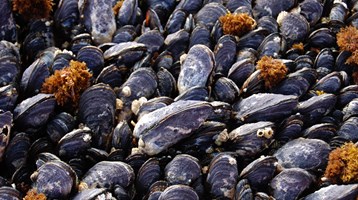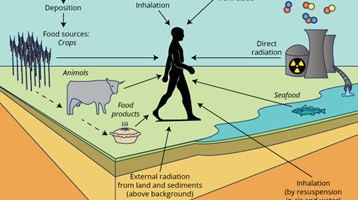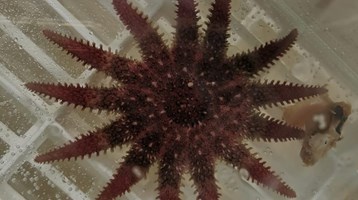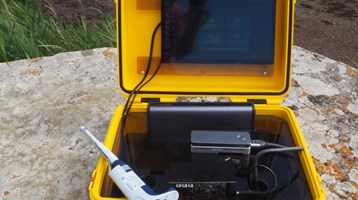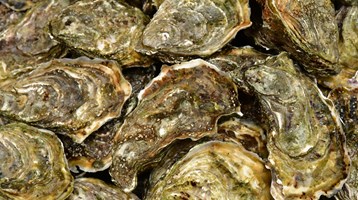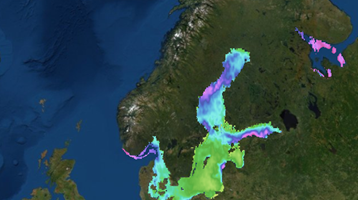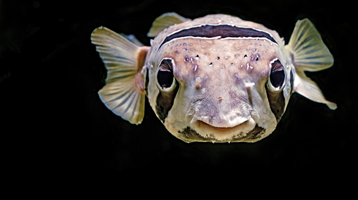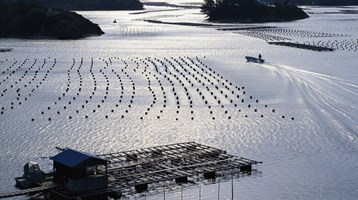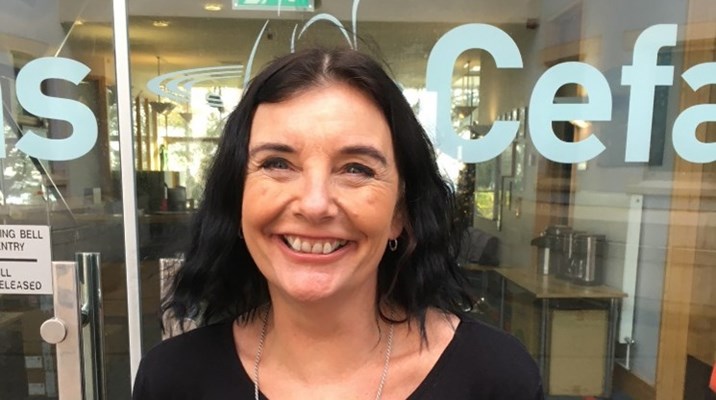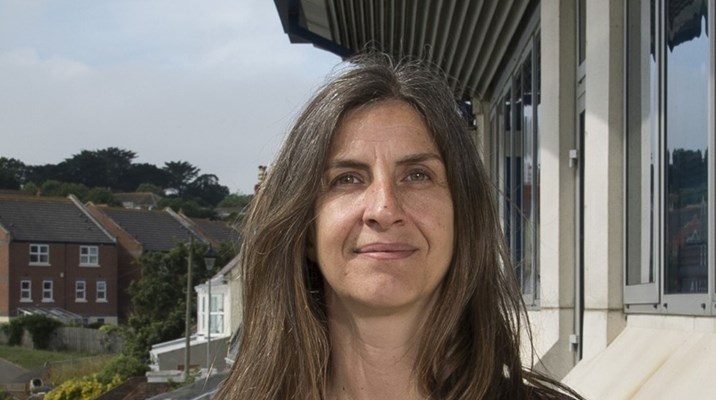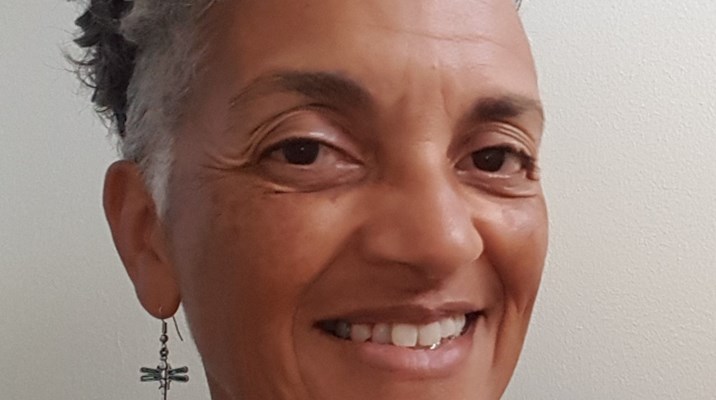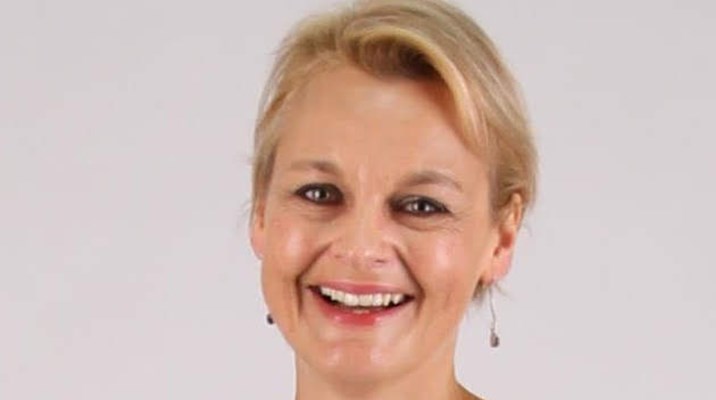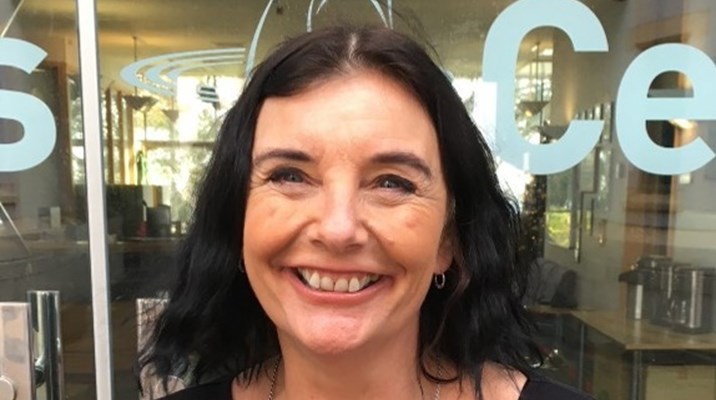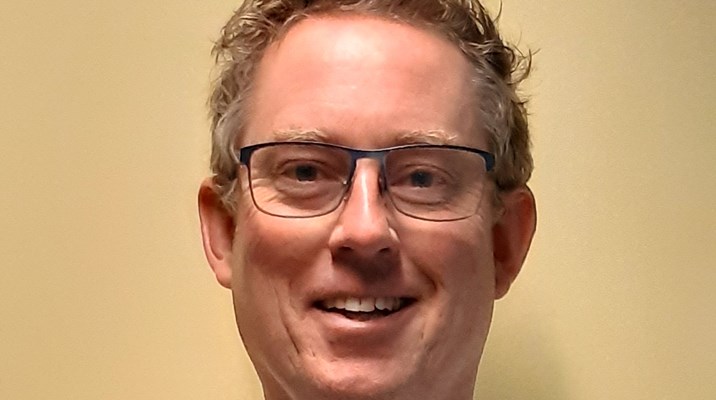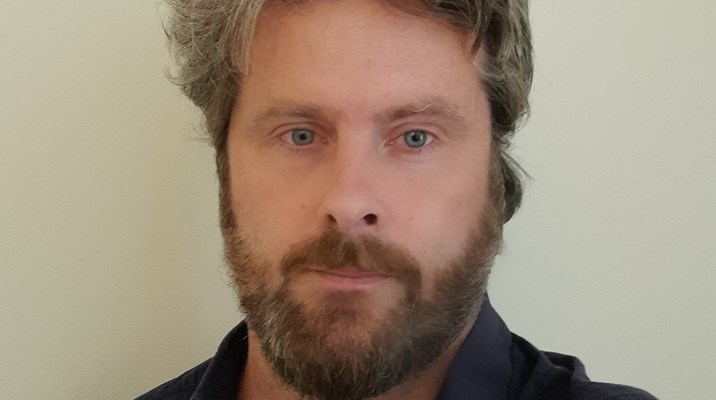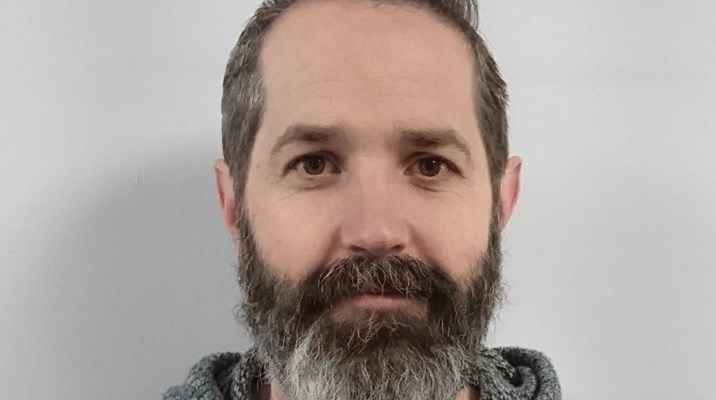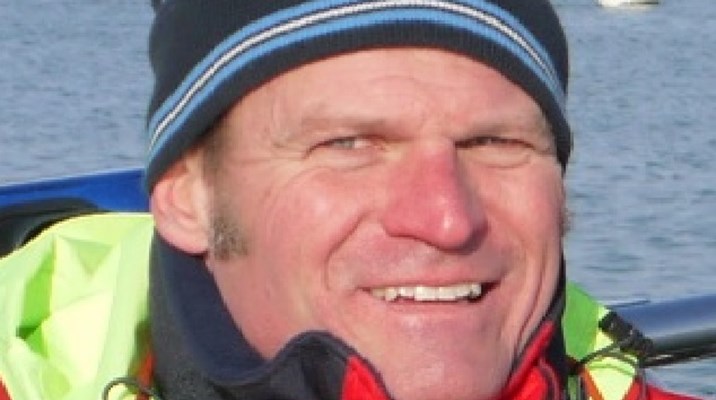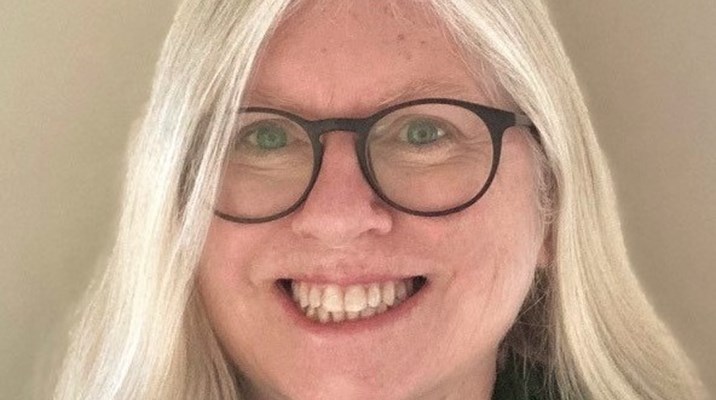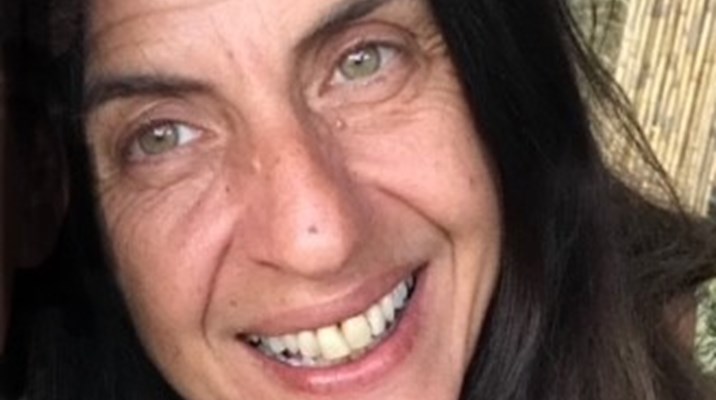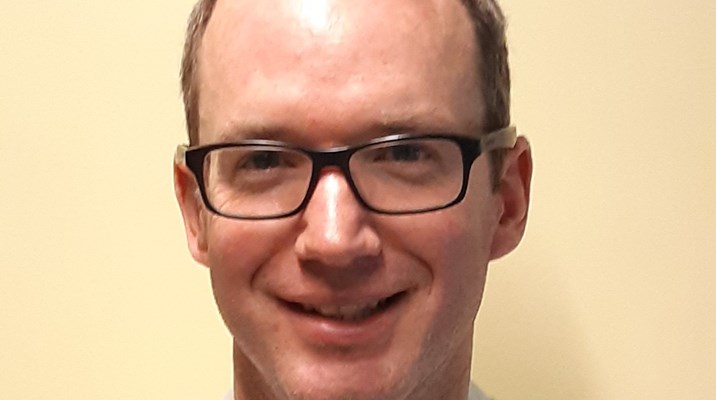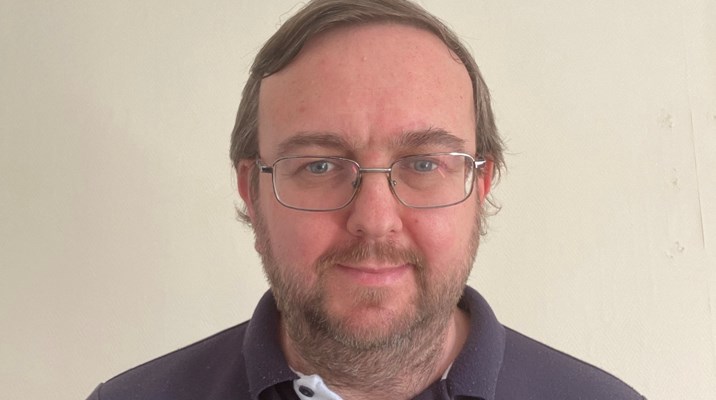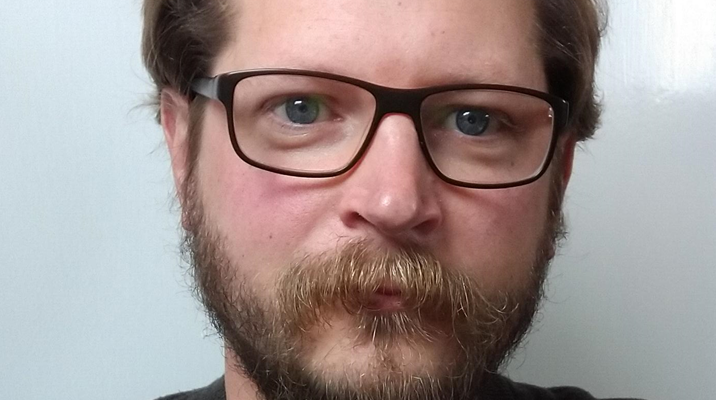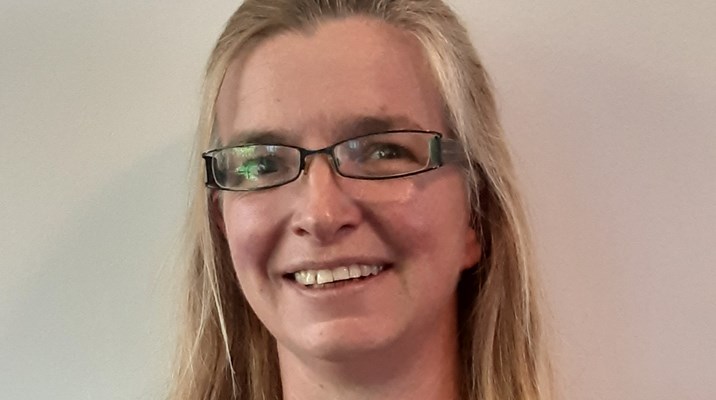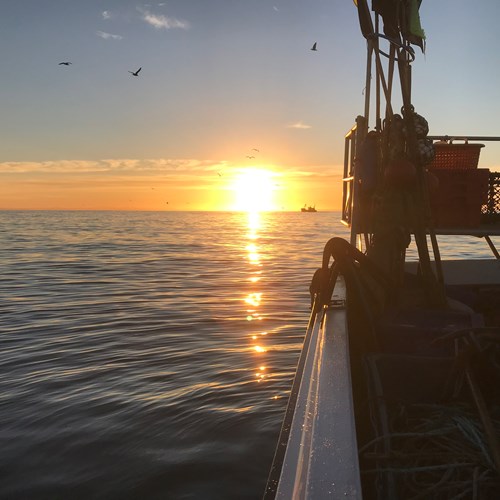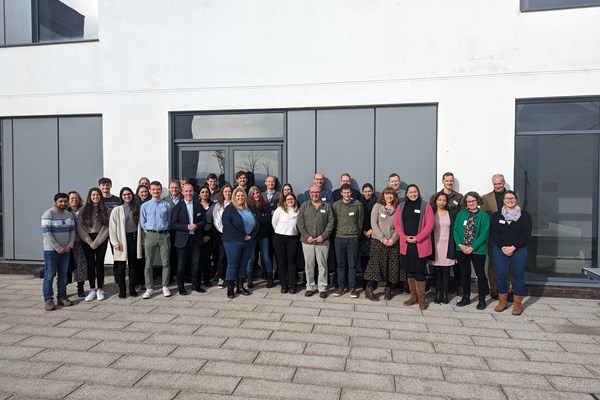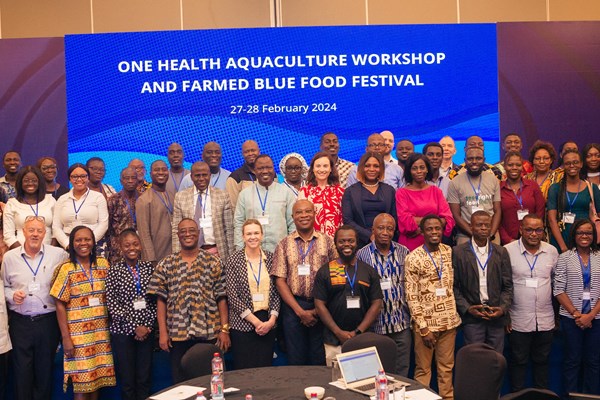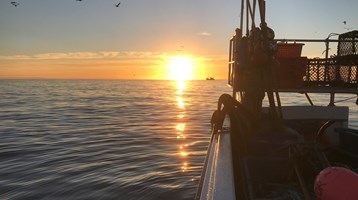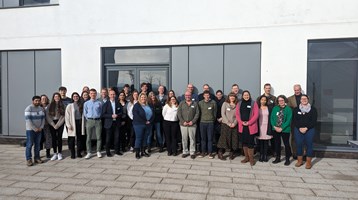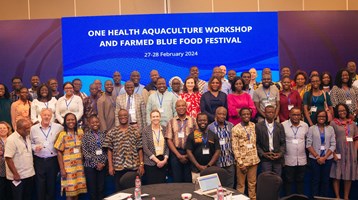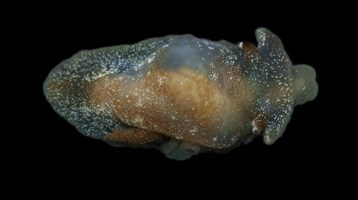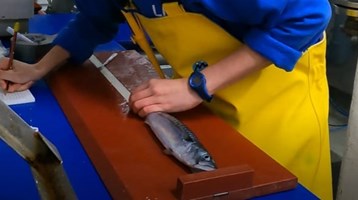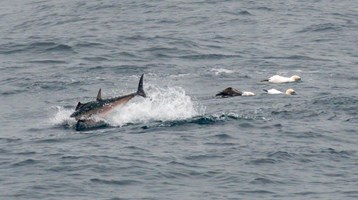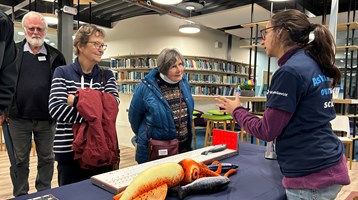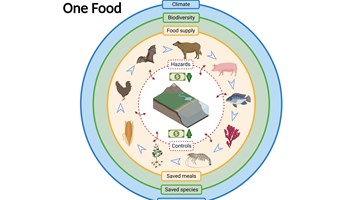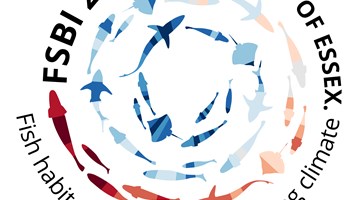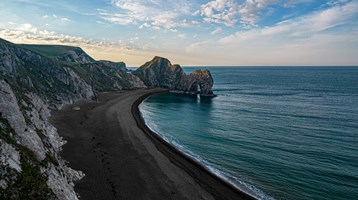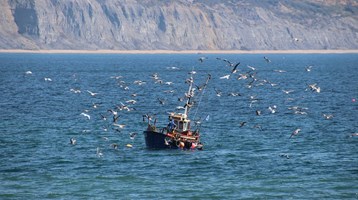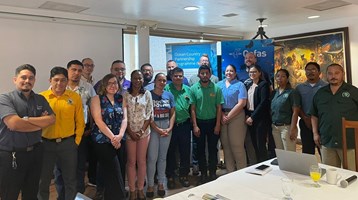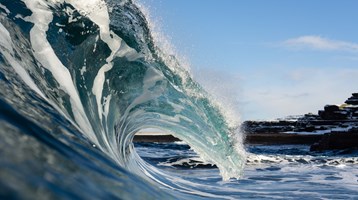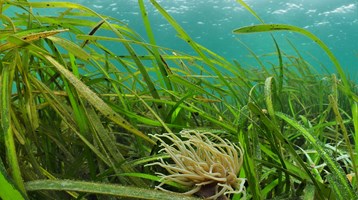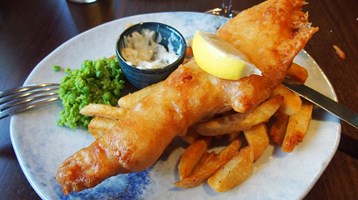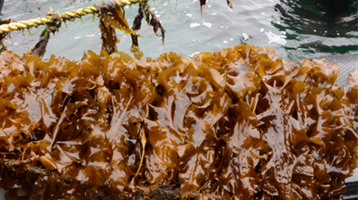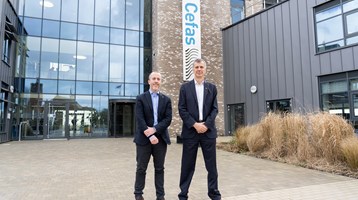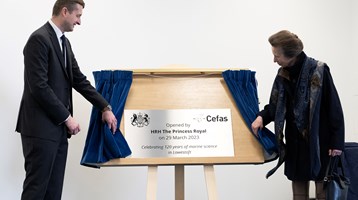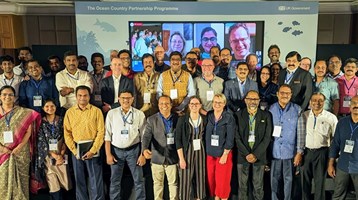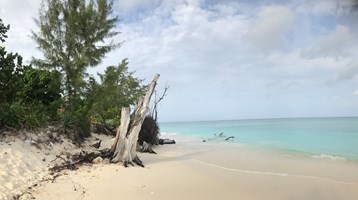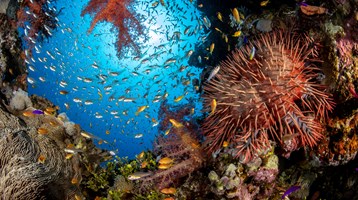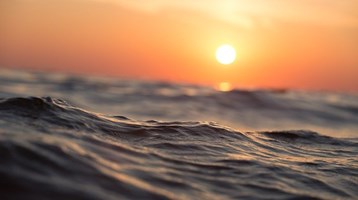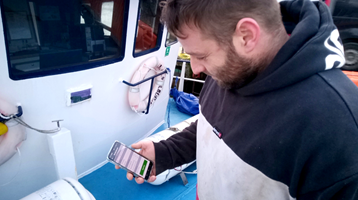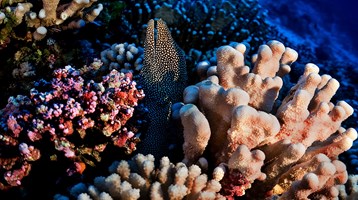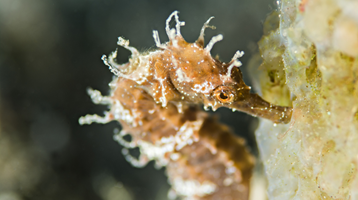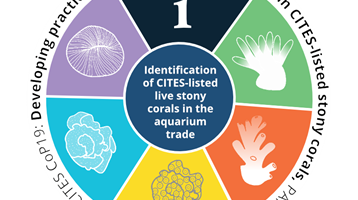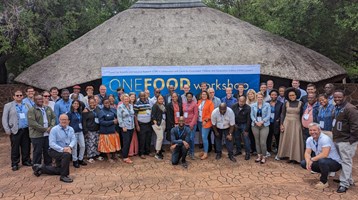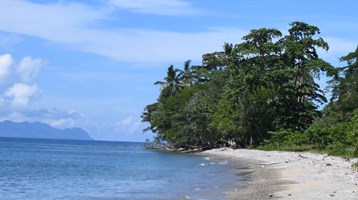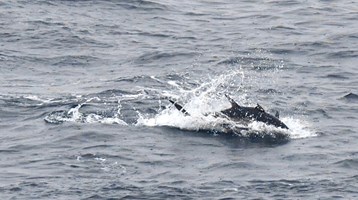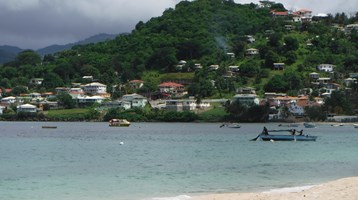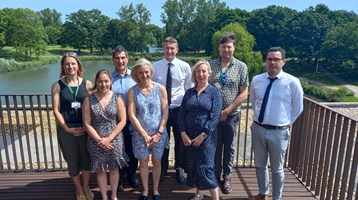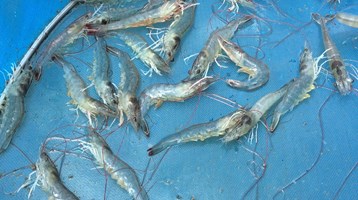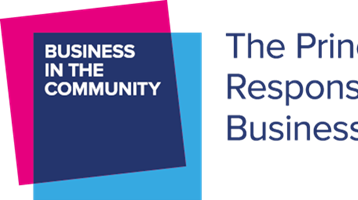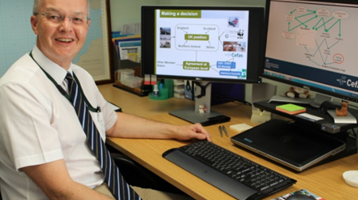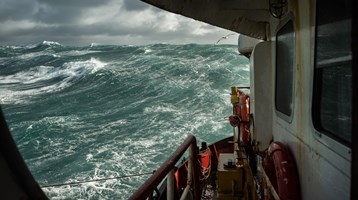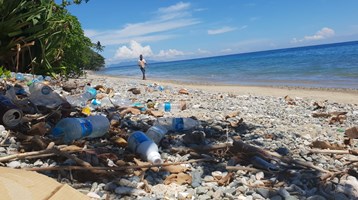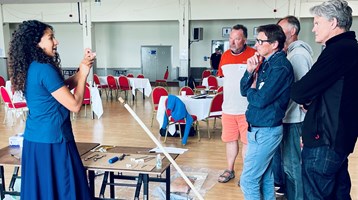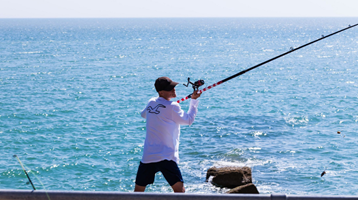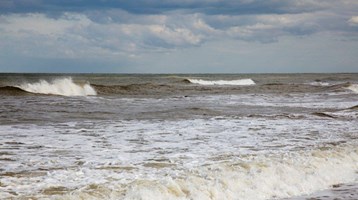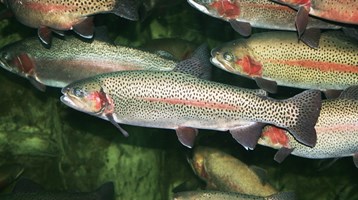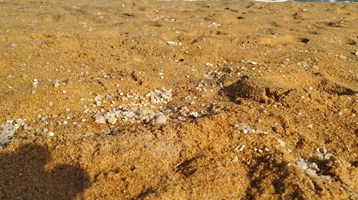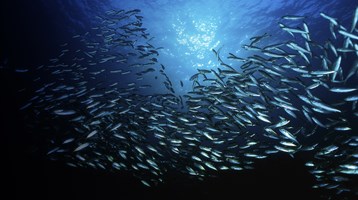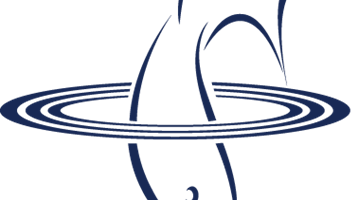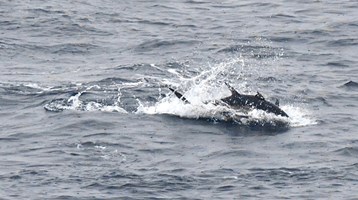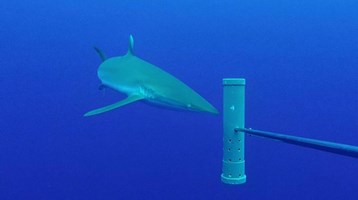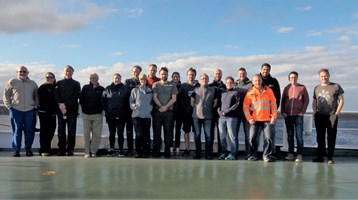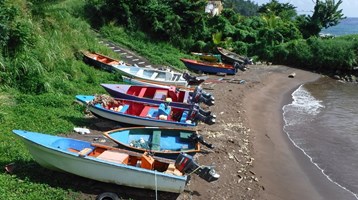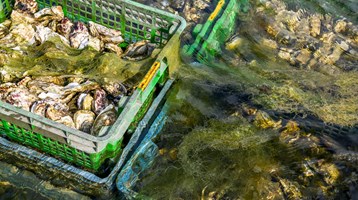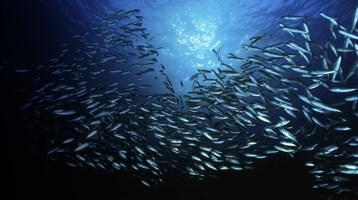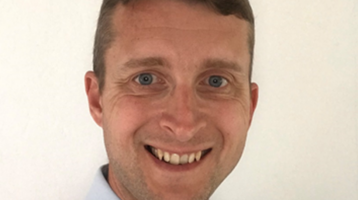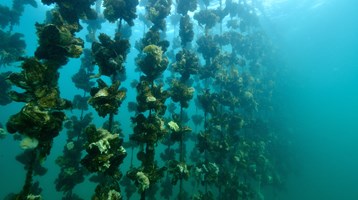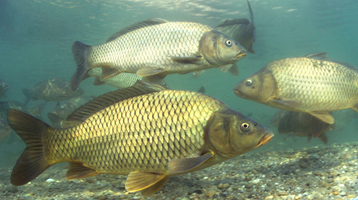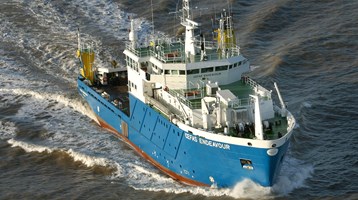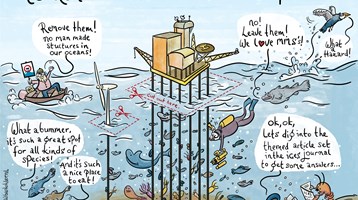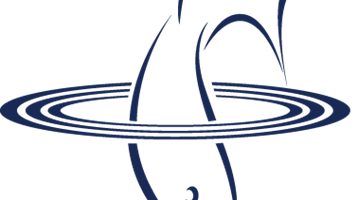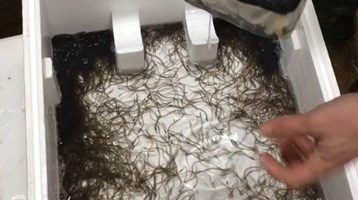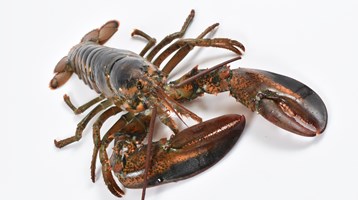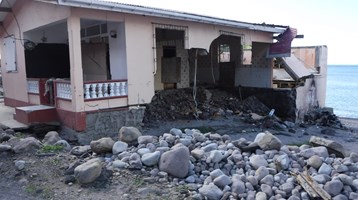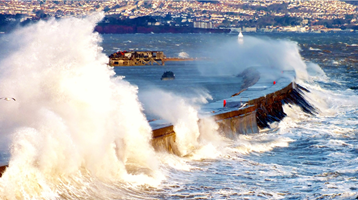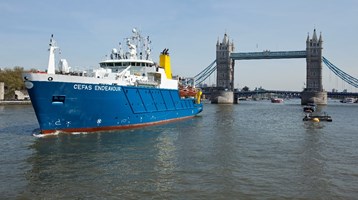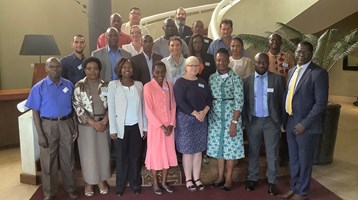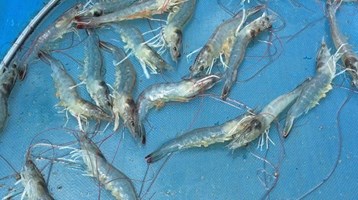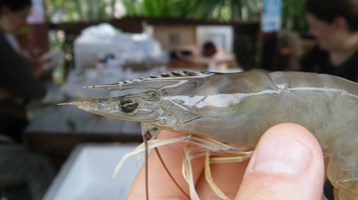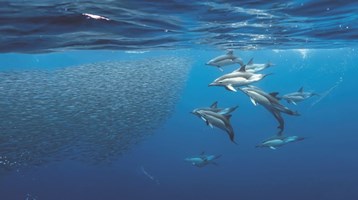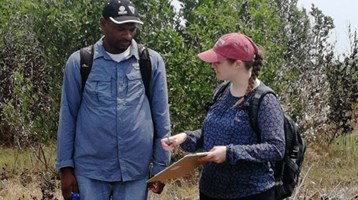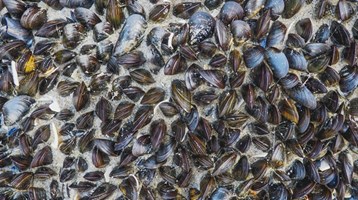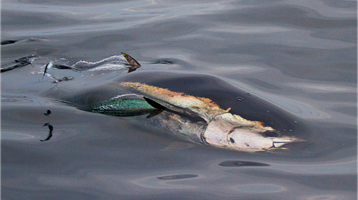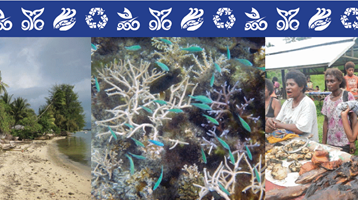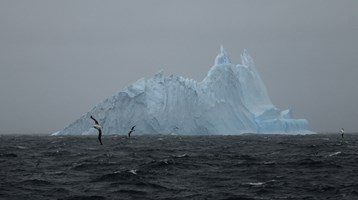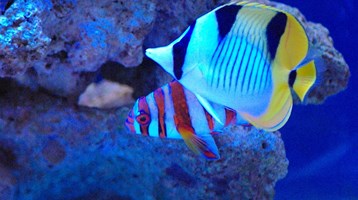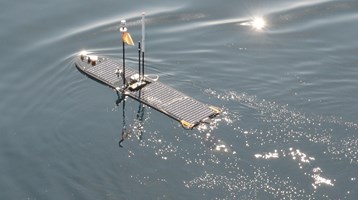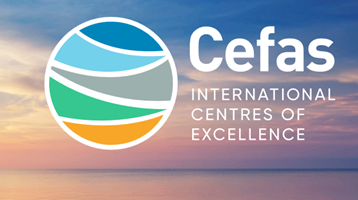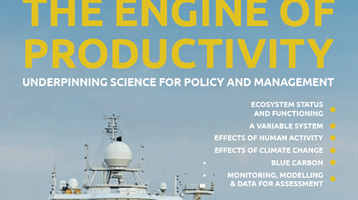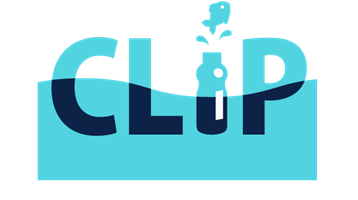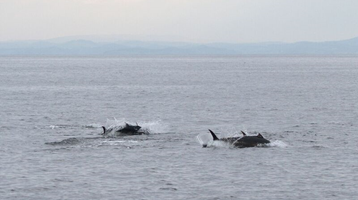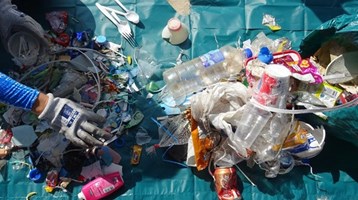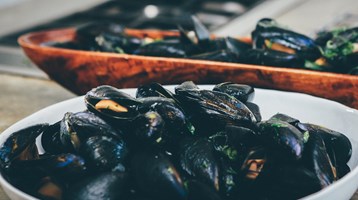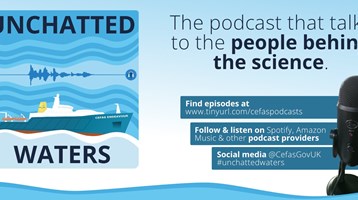International validation study completed for novel method to detect neurotoxins in shellfish
19 November 2019
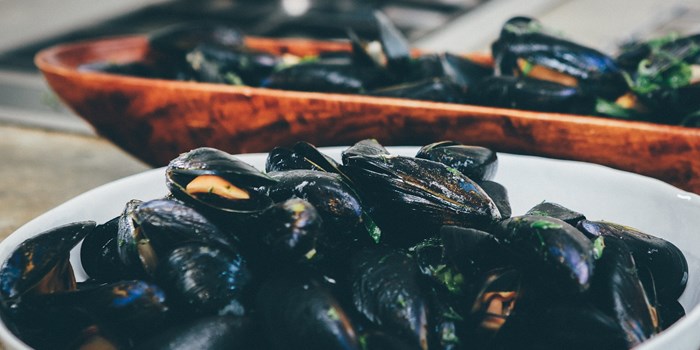
Food safety scientists at the Centre for the Environment, Fisheries and Aquaculture Science (Cefas), UK have been working closely with the Cawthron Institute, New Zealand’s largest independent science organisation, to lead an international study over the last 4 years, validating a new method to detect neurotoxins in seafood products.
The protocol will ensure food safety testing of naturally occurring toxins in certain seafoods will be less labour-intensive than current methods, is more accurate and enables results to be reported with a faster turnaround, with associated benefits for the industry and protection of human health.
The method to detect toxins in bivalve mollusc shellfish, such as clams, mussels and oysters, was developed in order to include the highest range of Paralytic Shellfish Poisoning (PSP) toxin analogues, symptoms of which includes numbness of the mouth, vomiting and in some cases paralysis and death, as well as to address the emerging threat of Tetrodotoxin, the toxin associated with fatalities from eating pufferfish. It utilises UHPLC-HILIC-MS/MS, a method incorporating Ultra High Performance Liquid Chromatography, Hydrophilic Interaction Liquid Chromatography and Mass Spectrometry.
The project, funded by Cefas and the New Zealand Seafood Safety research programme, was a truly global study, incorporating 21 participating laboratories from five continents, 94 study materials utilised to prepare 34 study samples, sourced from six continents and 15 different shellfish species grown in areas impacted by all known species of PSP toxin producing phytoplankton.
Development of the original method was conducted at Cefas in 2014 by Andrew Turner of Cefas and Mike Boundy of Cawthron, before the method was validated in both laboratories during 2015.
Between planning the international validation study in 2015 and publishing the final paper this October, the extensive process involved three pre-trials, enormous amounts of work sourcing, testing, preparing, stabilising and characterising study materials from all around the world, before running the main study itself during 2018. The Cefas/ Cawthron partnership was supported by an advisory team, comprising Dr Paul McNabb (Independent Consultant) and Dr James Hungerford of the United States Food and Drug Administration.
Participants in the validation study used a wide array of mass spectrometer models, with results demonstrating which method was applicable to all. The method performance characteristics, including trueness, sensitivity, linearity, repeatability and reproducibility were found to be excellent and compared favourably with other regulatory PSP testing methods.
Dr Andy Turner, Principal Chemist in the Food Safety Group and Study Director for the project said:
“This new method gives the user the ability to detect more toxin analogues than any other detection method and also includes detection of Tetrodotoxin. As such, it will be well suited to ensuring food safety is maintained well into the future. This was a truly global study, involving laboratories across Europe, North and South America, Asia, Australasia and India.
"The study materials incorporated gave a full representation of shellfish and source algal species known throughout the world. Results have demonstrated not just excellent performance, but also the ability of laboratories with a wide range of instrument models to successfully run the method for both regulatory testing and research.
"At Cefas we have been using this method since 2014 for a wide variety of research projects. It is now our hope that we will soon be able to use this for official control testing, enabling us to provide highly accurate results within a shorter timescale than we are currently able to.”
Dr Tim Harwood, Cawthron Institute Marine Toxin Chemist and New Zealand Seafood Safety Research Platform Leader went on to explain:
“We’ve already realised the benefits of this testing method in New Zealand by providing our seafood industry with faster, more accurate results. This was particularly evident during two recent harmful algal bloom events where we were able to respond quickly to our industry partners to provide them with assurance their products were safe for market.
“Now with international acceptance, we’d like to see other labs around the world adopt this testing method as a world standard for the global seafood industry.
“Working in partnership with Cefas has allowed us to develop this revolutionary testing method and leverage capability within both organisations. Ultimately its use will ensure market access for shellfish industries worldwide and allow consumers to have confidence that their seafood products are safe to eat.”
Discussions will now start regarding the potential use of the method for future regulatory testing.
The paper was published in the Journal of AOAC International and can be found here.
Related to this article
Case studies
People
News
Further Reading


Working for a sustainable blue future
Our Science

